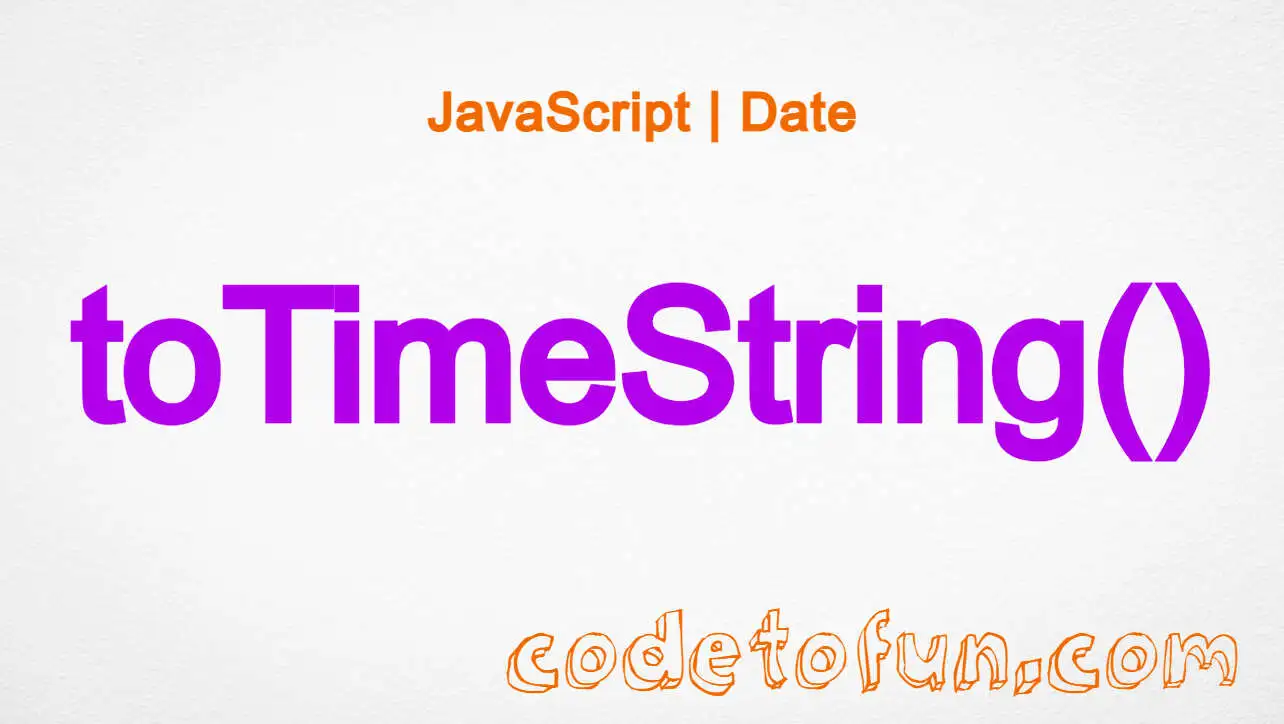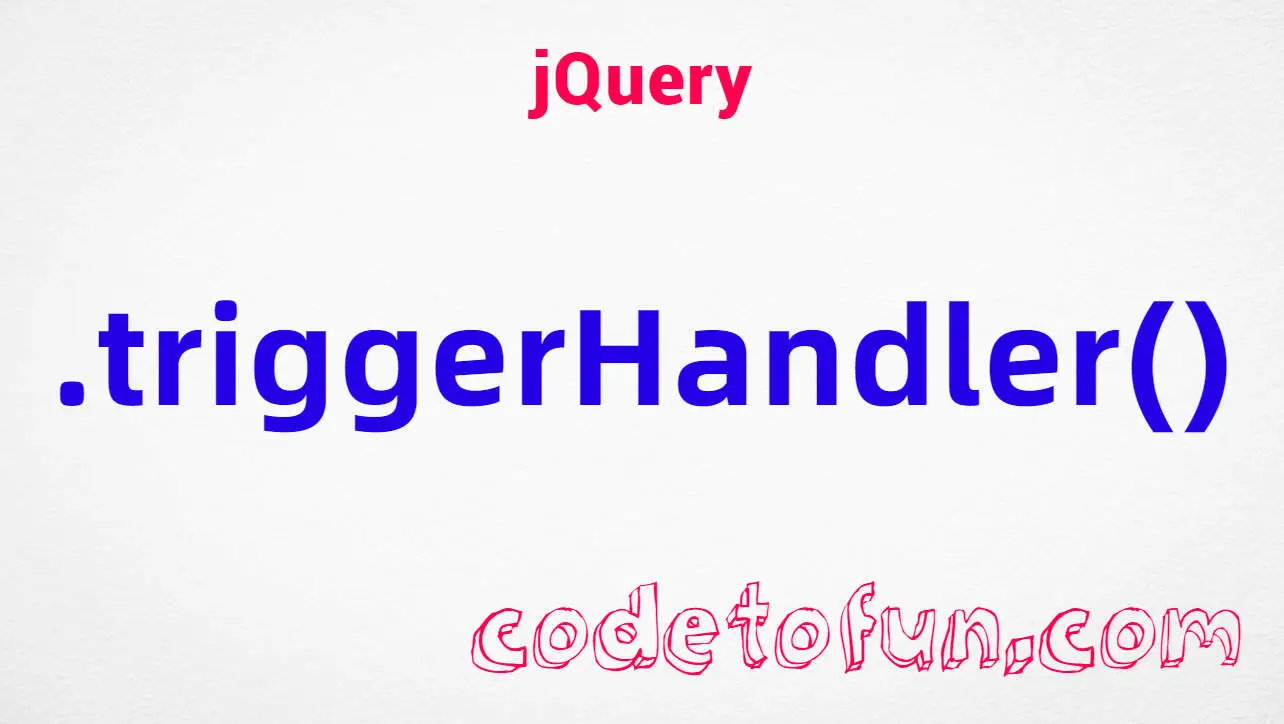
JS Window Methods
JavaScript Window alert() Method

Photo Credit to CodeToFun
🙋 Introduction
The alert() method in JavaScript is a simple yet powerful way to interact with users by displaying a dialog box with a specified message. It's a part of the Window object and is commonly used to provide information or prompt the user for input.
In this guide, we'll explore the alert() method, covering its syntax, usage, best practices, and practical examples.
🧠 Understanding alert() Method
The alert() method displays a dialog box containing a specified message along with an OK button. This method is synchronous, meaning it halts the execution of the script until the user dismisses the dialog by clicking the OK button.
💡 Syntax
The syntax for the alert() method is straightforward:
window.alert(message);- message: The text string or variable containing the message to be displayed in the alert dialog.
📝 Example
Let's start with a basic example of using the alert() method:
const greeting = 'Hello, welcome to our website!';
window.alert(greeting);In this example, an alert dialog will appear with the message "Hello, welcome to our website!".
🏆 Best Practices
When working with the alert() method, consider the following best practices:
Avoid Excessive Use:
Excessive use of alert dialogs can be intrusive and disrupt the user experience. Consider alternative methods of providing information or feedback when appropriate.
Use for Important Messages:
Reserve the
alert()method for conveying critical information or obtaining user attention when necessary.
📚 Use Cases
Notifying Users of Errors:
The
alert()method is commonly used to notify users of errors in a straightforward manner:example.jsCopiedconst userInput = prompt('Enter a number:'); if (isNaN(userInput)) { window.alert('Invalid input. Please enter a valid number.'); }In this example, if the user enters a non-numeric value, an alert will inform them of the invalid input.
Confirmation Dialog:
You can use the
alert()method to create a simple confirmation dialog:example.jsCopiedconst userChoice = window.confirm('Do you want to proceed with the action?'); if (userChoice) { // Code to execute if the user clicks 'OK' } else { // Code to execute if the user clicks 'Cancel' }Here, the user is asked whether they want to proceed with an action, and the result is stored in the userChoice variable.
🎉 Conclusion
The alert() method in the Window object is a useful tool for displaying simple dialog boxes to users.
By adhering to best practices and exploring diverse use cases, you can harness the full potential of the alert() method in your JavaScript projects.
👨💻 Join our Community:
Author

For over eight years, I worked as a full-stack web developer. Now, I have chosen my profession as a full-time blogger at codetofun.com.
Buy me a coffee to make codetofun.com free for everyone.
Buy me a Coffee












If you have any doubts regarding this article (JavaScript Window alert() Method), please comment here. I will help you immediately.